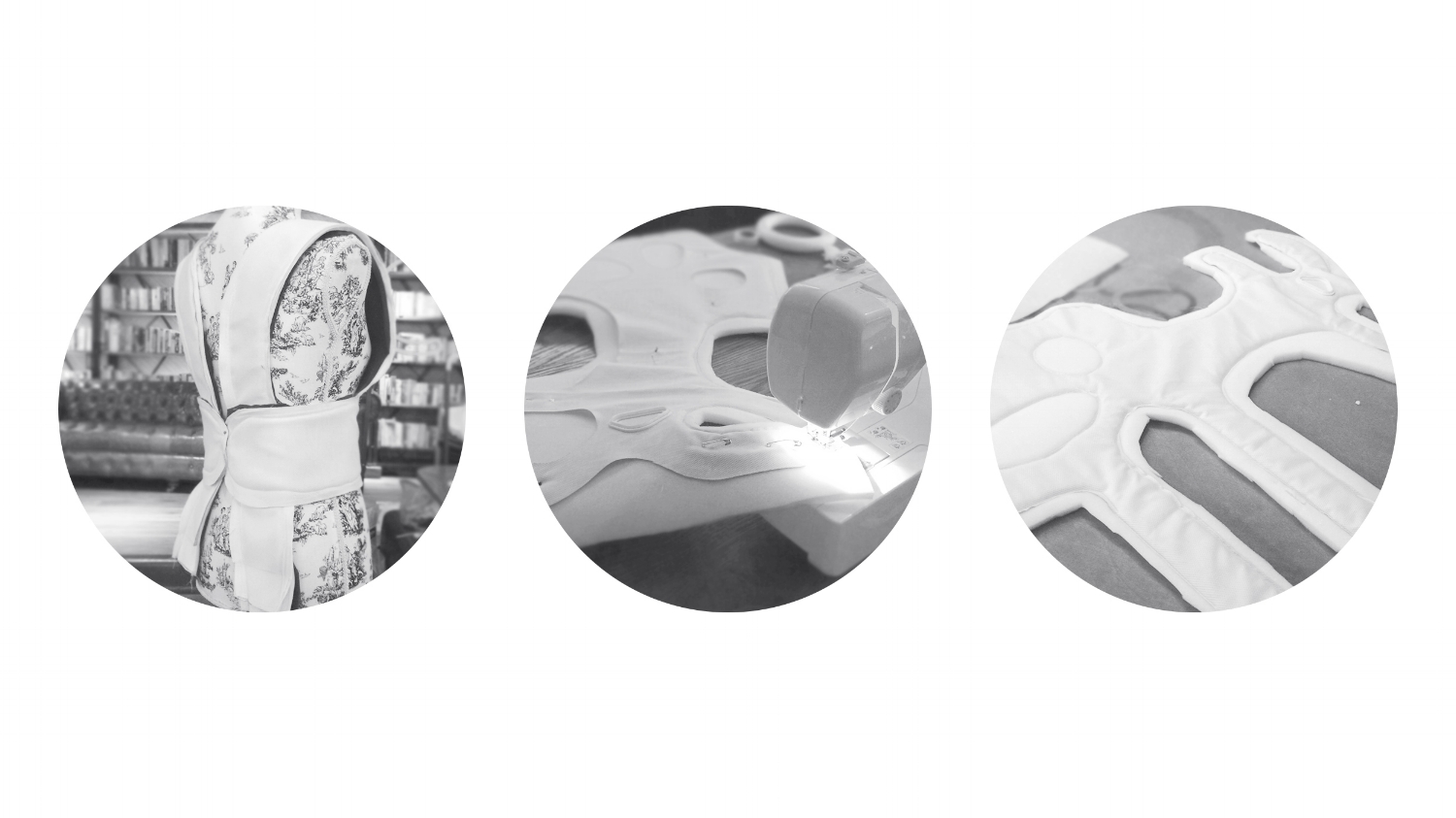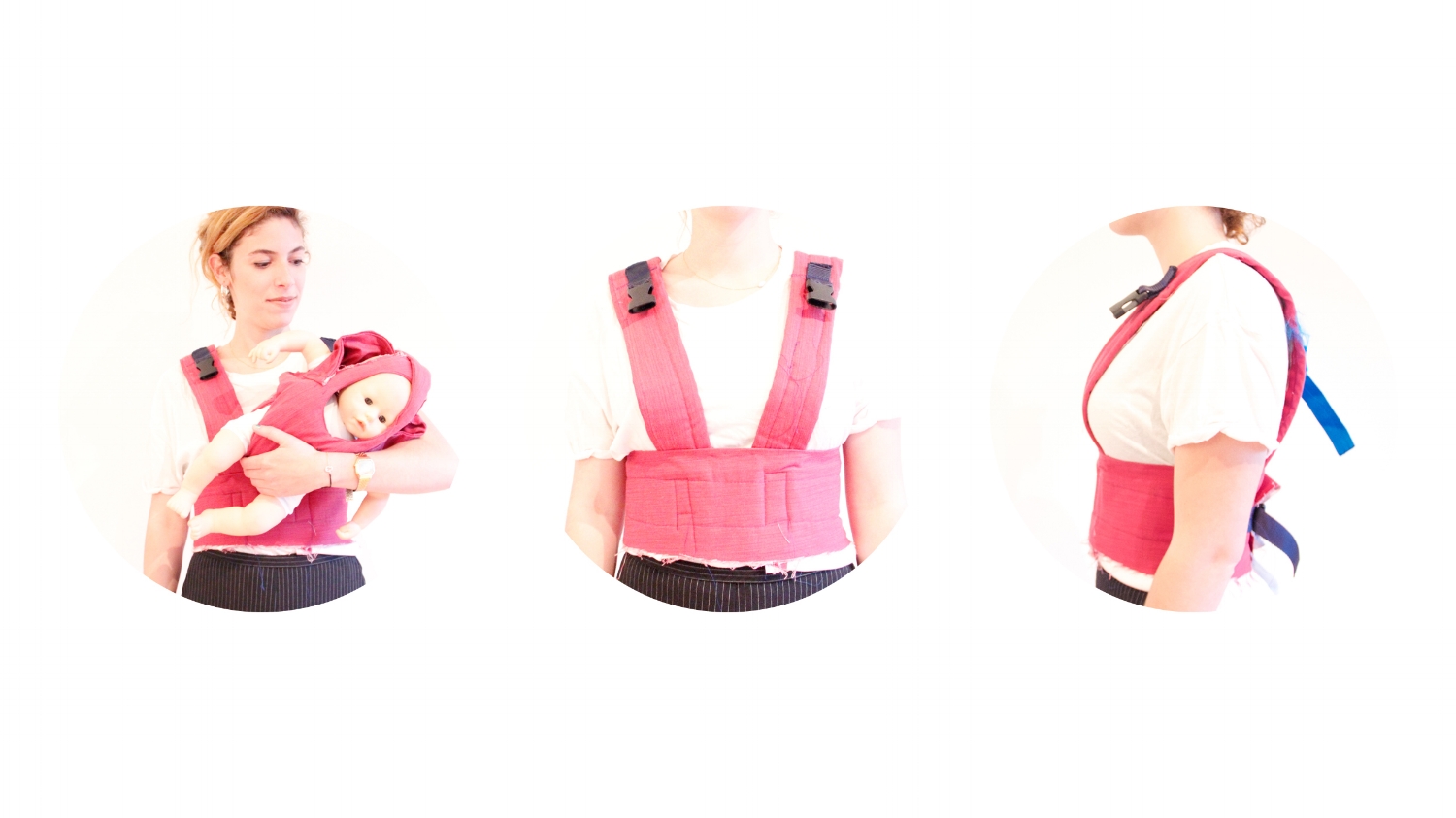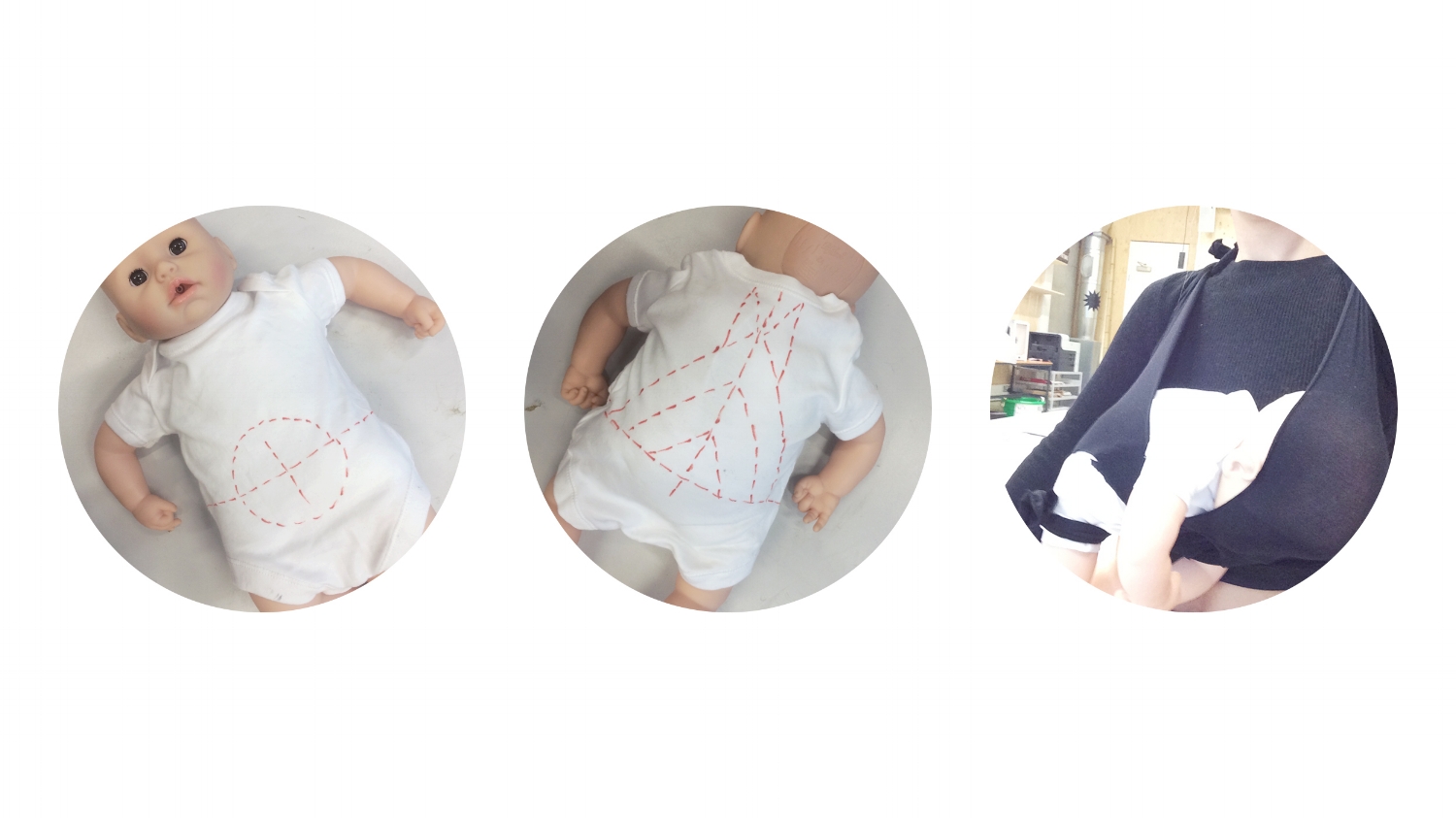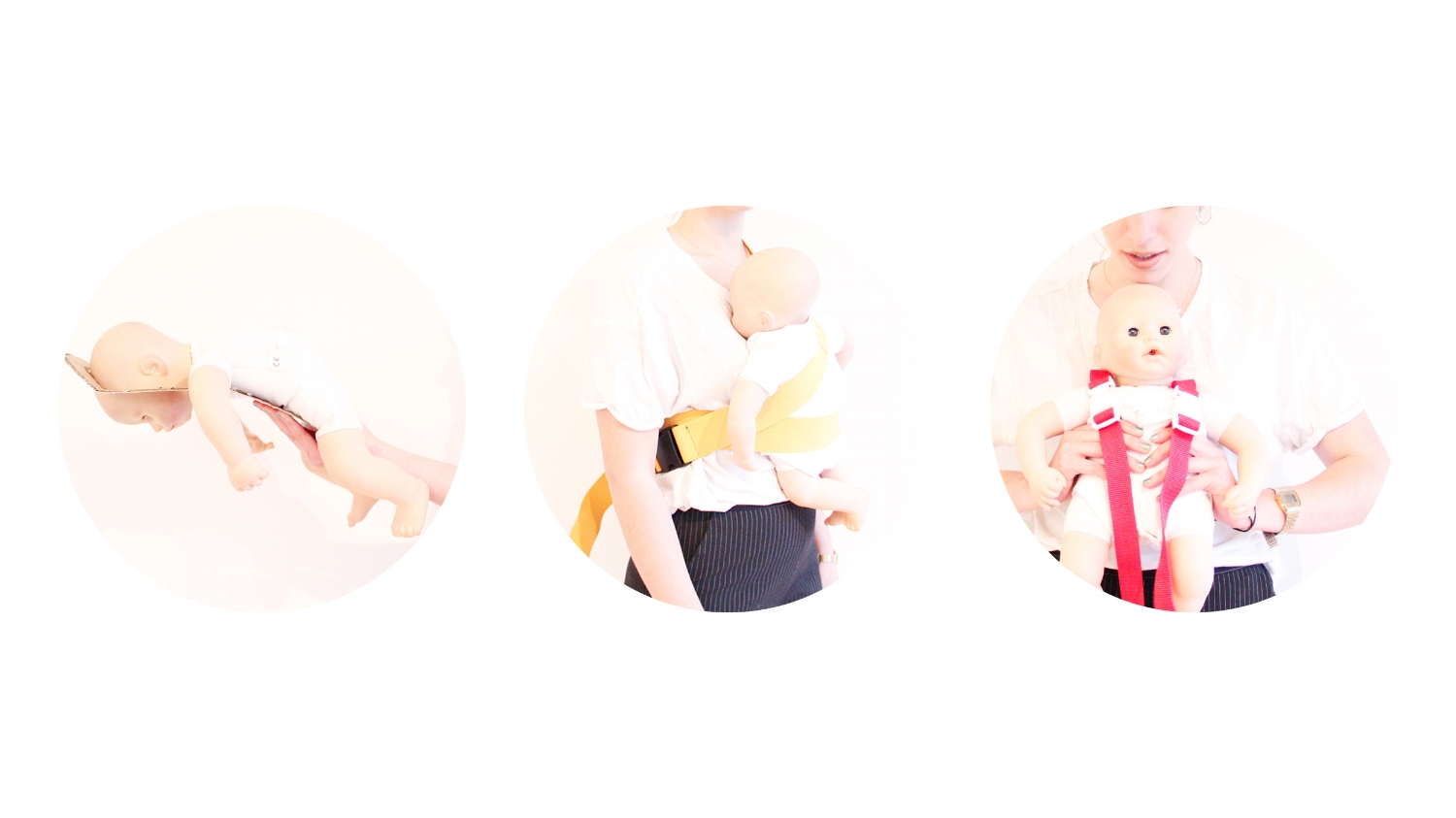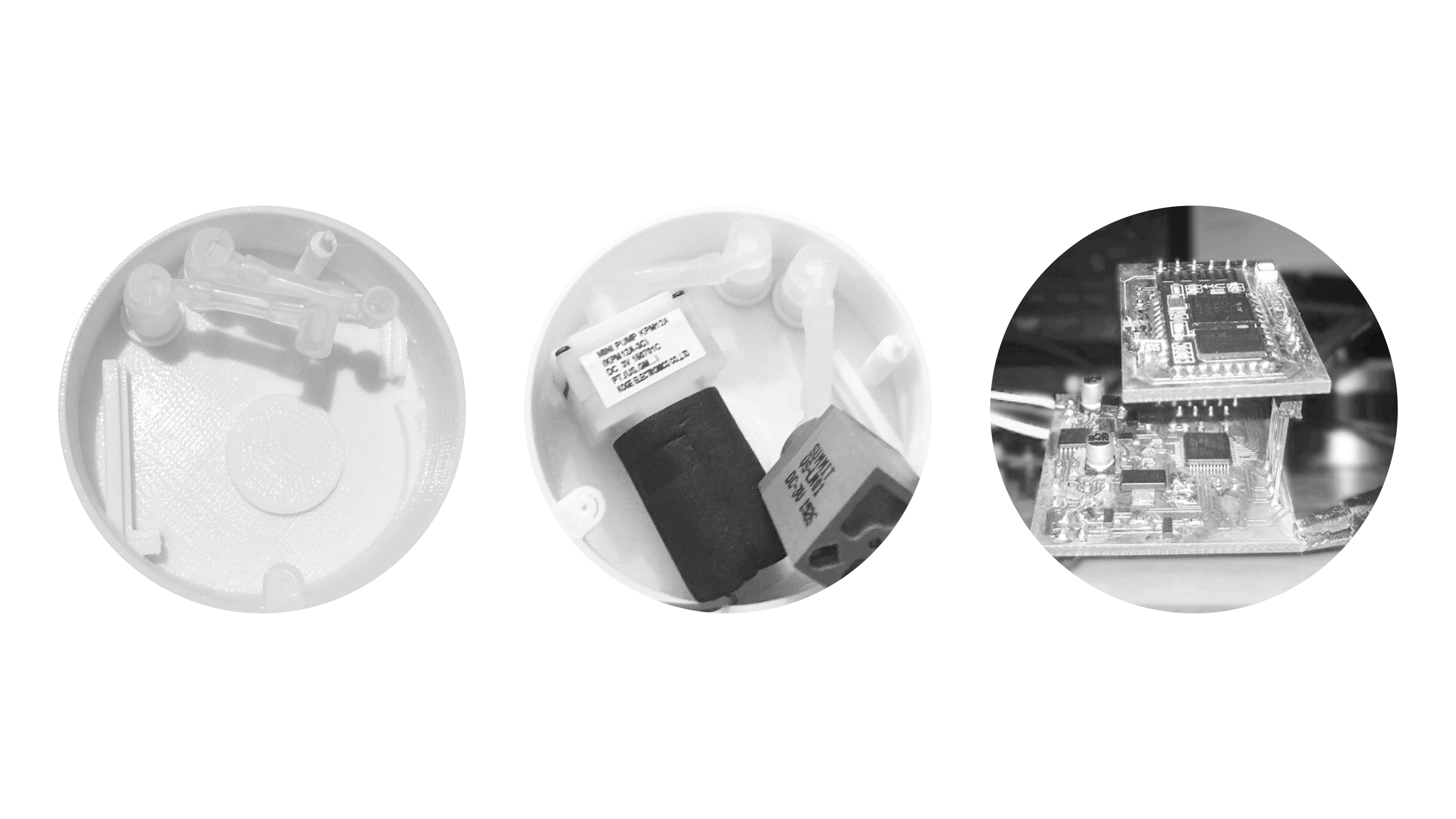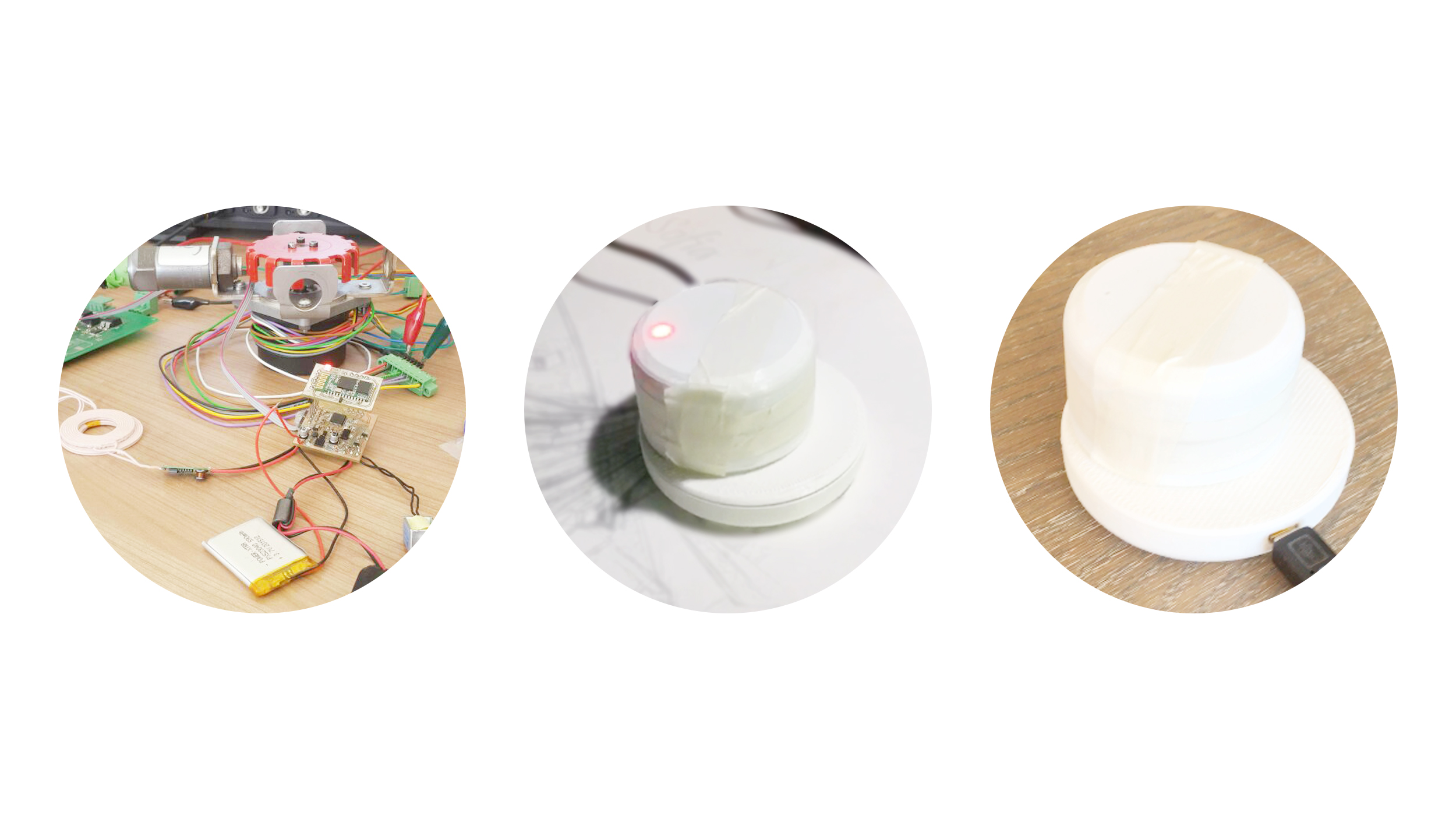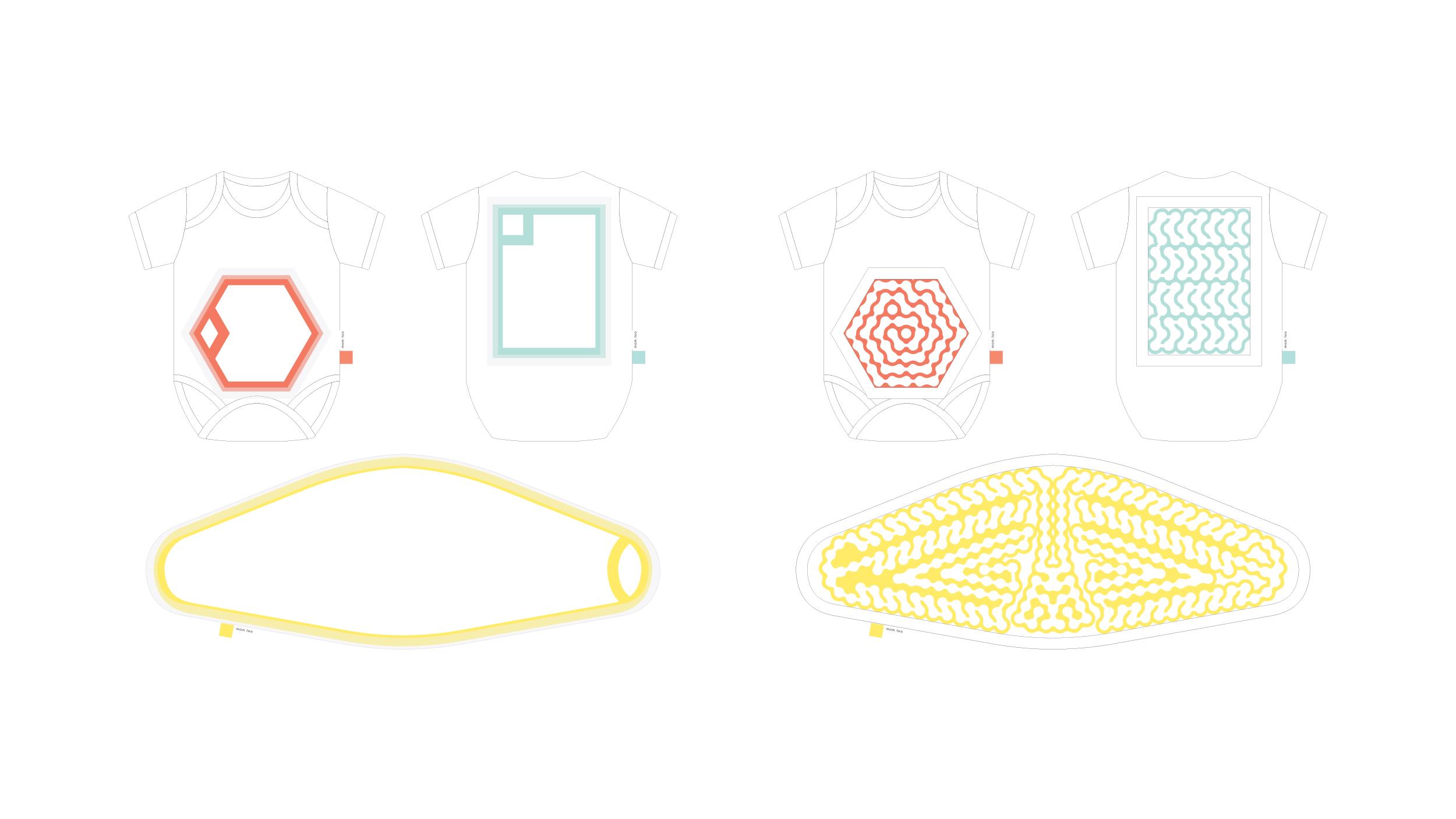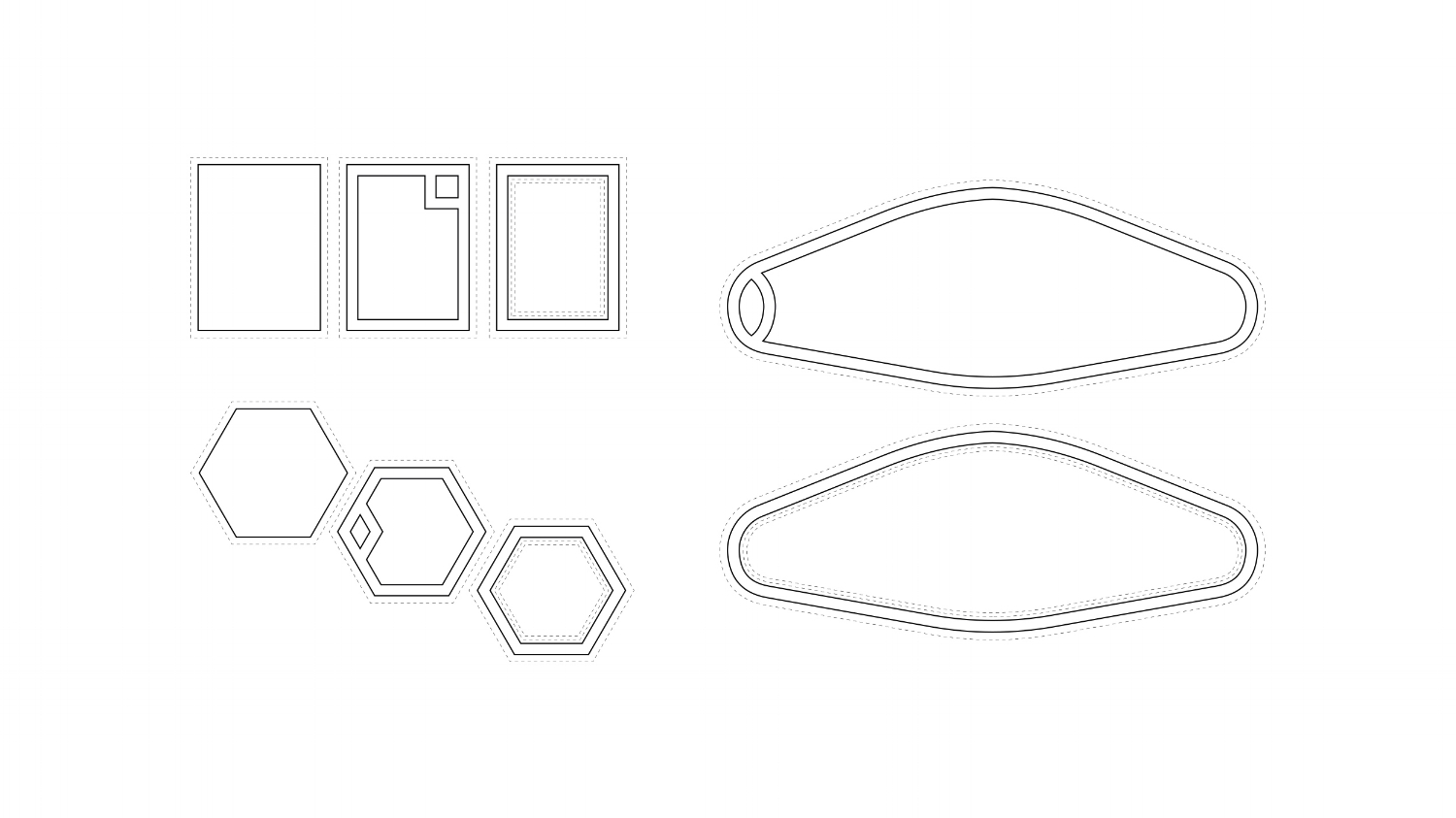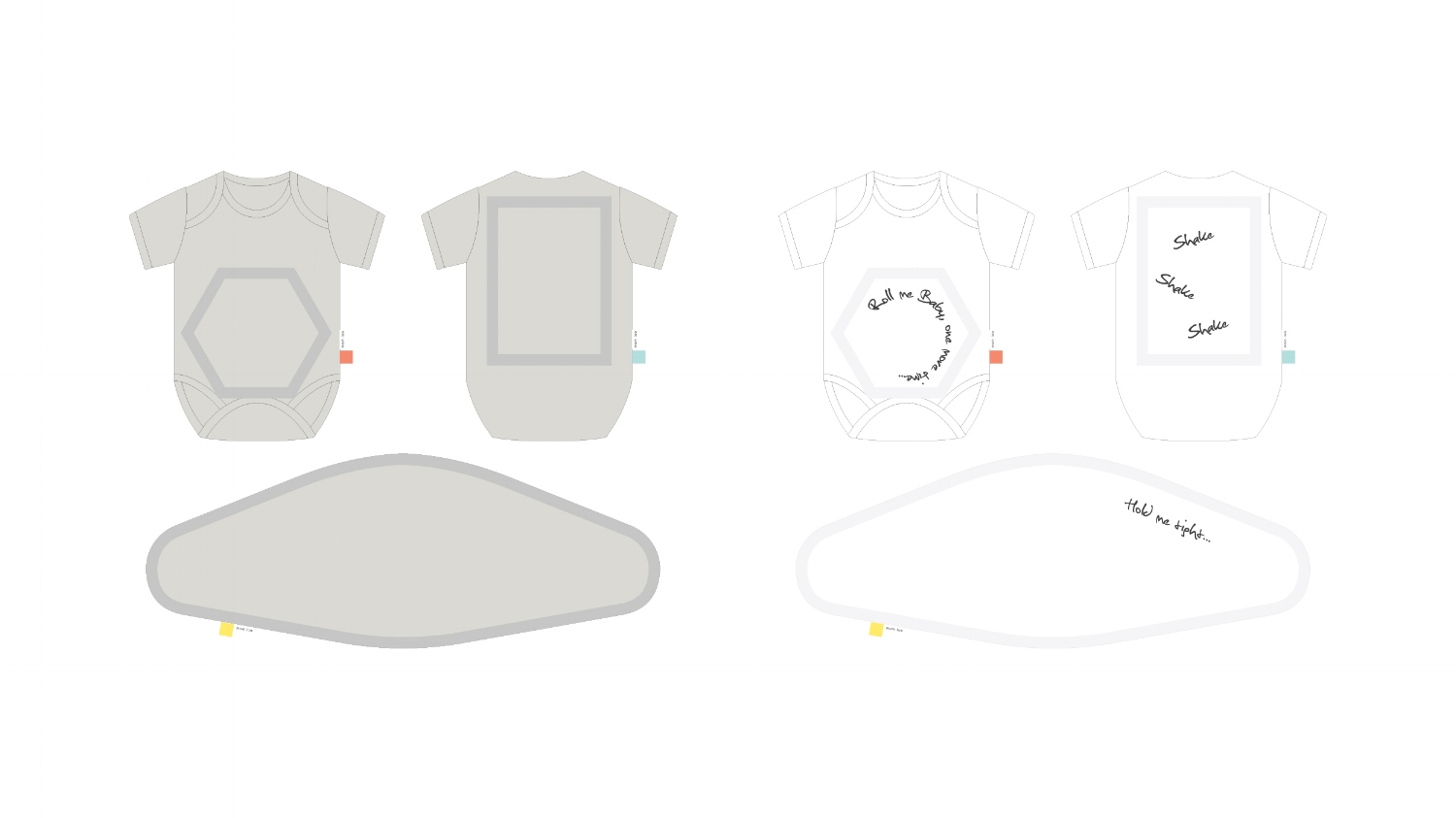Various methods were used to identify the research question. Issue mapping helped to understand the relation of the problem within subjects and personas. Metaphoring added a new dimension which consequently assisted the project to generate gamification tools.
Ethnographic studies were conducted. Shadowing the parents; interviews and exercises with practitioners; interviews and workshops with parents and caregivers are some of the obtained methods.
Agile prototyping was a significant part of the project concerning numerous cycles of iteration through testings, observation and feedbacks for the positioning, ergonomics, safety and accuracy of the artefacts.
Iteration through feedbacks was highly necessary for this process. Preliminary models and props played a role to introduce the service idea to the audience to receive feedback.
Additionally, the initial concept and preliminary product models was tested by parents with their babies concerning its usability and practicality.
After observational studies, to way of intervention, human mimicking inflatables were considered regarding the air movement throughout air chambers. To identify required pressure, different air bladders were designed and tested.
'Pressure-mapping textile sheets' can be a determinant component for the accuracy of the massage pads compared with the human touch and pressure adjustment.
Inflatable massage pads are made of silicone/nylon based textile and sealed by laser-cut molds. They were tested to calculate the accurate inflation and air release time coding.
Bladder shapes are design outputs of anatomical research and observational analysis in order to create an effective massage feeling. Air chambers were designed as one bladder system to produce smooth and fast prototypes.
3D pieces printed to house the electronic components of the wearable device. Agile prototyping made it difficult to obtain desired sized parts. Larger size prototypes were created for testings.
To measure the temperature and well-being of the baby, vinyl sensor textile surface patterns are designed.
Final iteration round is designed to test it on babies and parents. Apparel designs and usage of the textile and massage pads with the service and apps are tested.
Colour-coded products and user application are designed to enable commercialised aspect of research service. Colours and shapes generates an accessibility for continuous usage.













